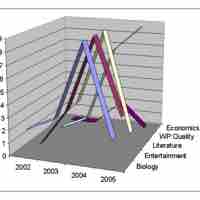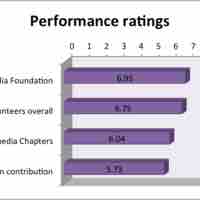Section 4
Using Financial Ratios for Analysis
By Boundless
Financial statement analyses can yield a limited view of a company because of accounting, market, and management related limitations of such analyses.

Trend analysis consists of using ratios to compare company performance on an indicator over time, often to forecast or inform future events.

Comparing the financial ratios of a company to those of the top performer in its class is a type of benchmarking.

While ratio analysis can be quite helpful in comparing companies within an industry, cross-industry comparisons should be done with caution.

With a few exceptions, the majority of the data used in ratio analysis comes from evaluation of the financial statements.
Financial ratios and their analysis provide information on a firm's profitability and allow comparisons between the firm and its industry.